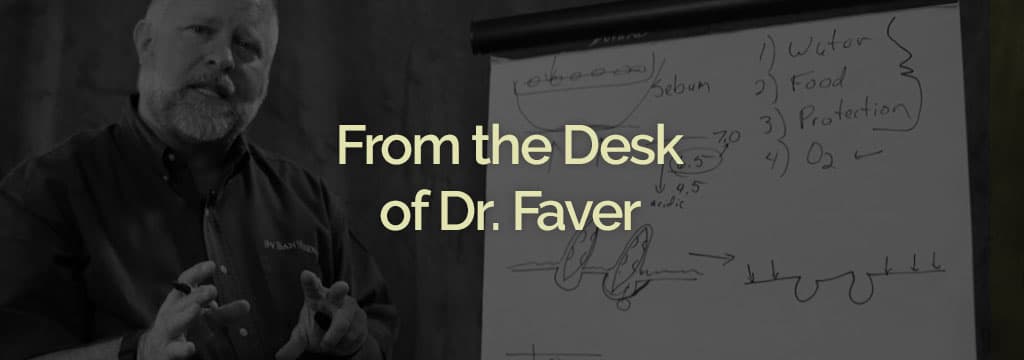How Hair, Skin, and the Sebum Layer Protect Our Pets

Skin is the largest organ of the body and is a barrier. This barrier protects the body by keeping bad things out while keeping the good things in. Commonly we miss the fact the barrier works both ways. For example, it is a conventional thought among groomers that nutrition controls all skin conditions. Although it does play a big role, it is not the whole answer. The nutrients in conditioners we use while bathing a pet affect the skin much more rapidly than what we feed them orally. To test this, think about how many glasses of water you would need to drink to hydrate your dry hands verses putting on a good hydrating hand lotion.
Hair, for animals, is comparable to human’s thick skin and calluses. It provides a protective “armor” for our pets against toxins, dehydration, and environmental and mechanical stress, including temperature. While the hair and skin protect the animal, the sebum layer protects the skin and hair. The sebum layer is made up of fatty acids and oils that coat and protect the skin and hair. It is produced by the sebaceous gland associated with the hair follicle itself. As the hair moves, it moves the sebum up the hair shaft and over the skin. The sebum is not only water resistant but it is also anti-bacterial and anti-fungal barrier. As a groomer, or pet owner, it is important to understand how you can maintain and enhance this protection. Using the proper grooming products and techniques to provide and keep a healthy sebum layer will, in itself, prevent dry itchy skin and hair issues.

